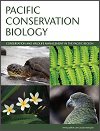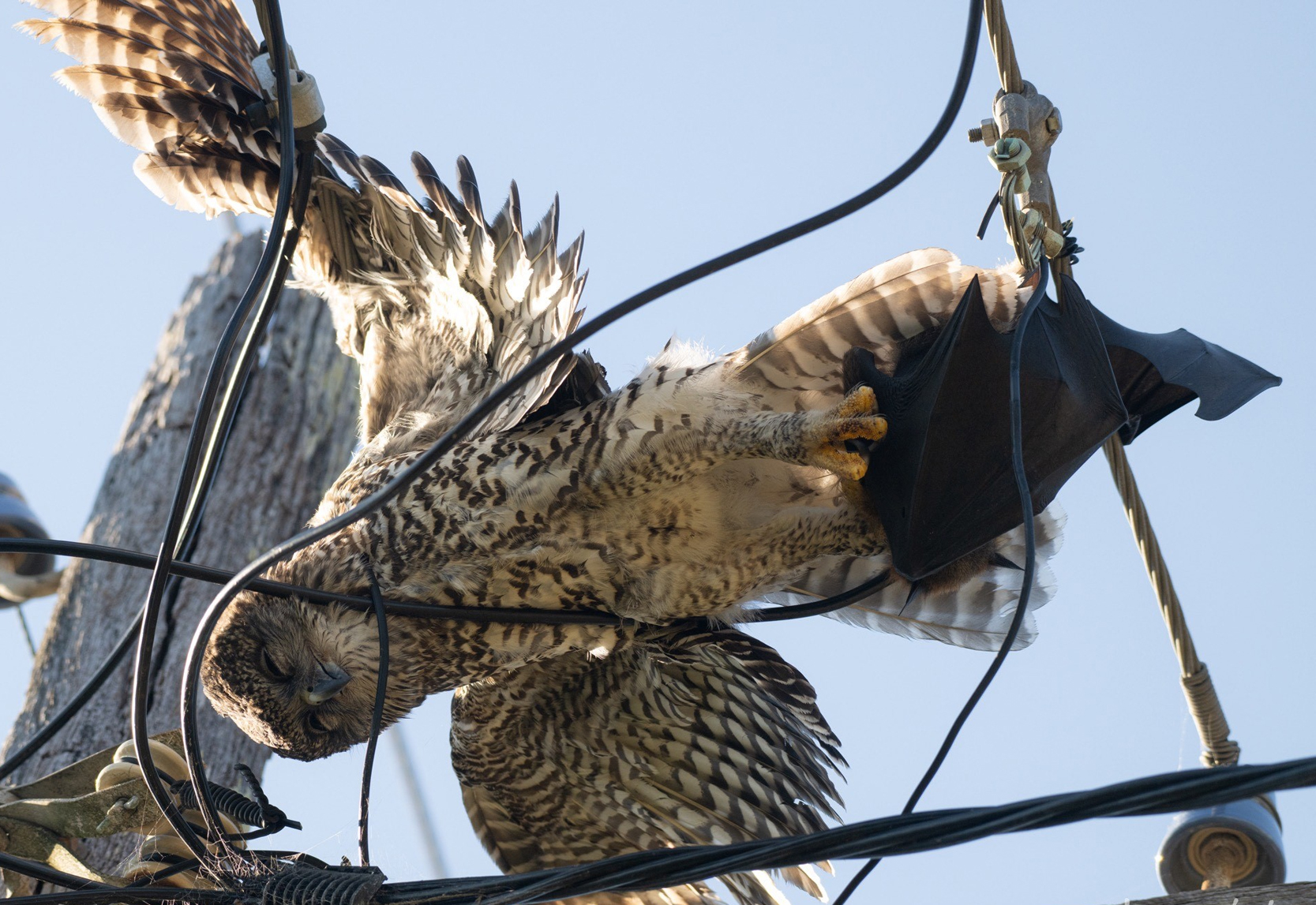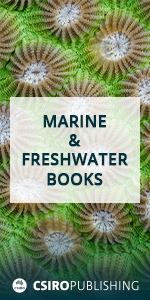PC25024Just add water: exceptional plant recruitment in arid zone mine rehabilitation
Rehabilitation is needed to address social and ecological impacts of high-intensity mining activity in the Pilbara region. Yet success is limited by the arid climate, lack of topsoil, and poor plant establishment from sown seeds. Our observations suggest potential for assisted and unassisted plant recruitment in the absence of fresh topsoil.
PC25024 Abstract | PC25024 Full Text | PC25024PDF (883 KB) Open Access Article






